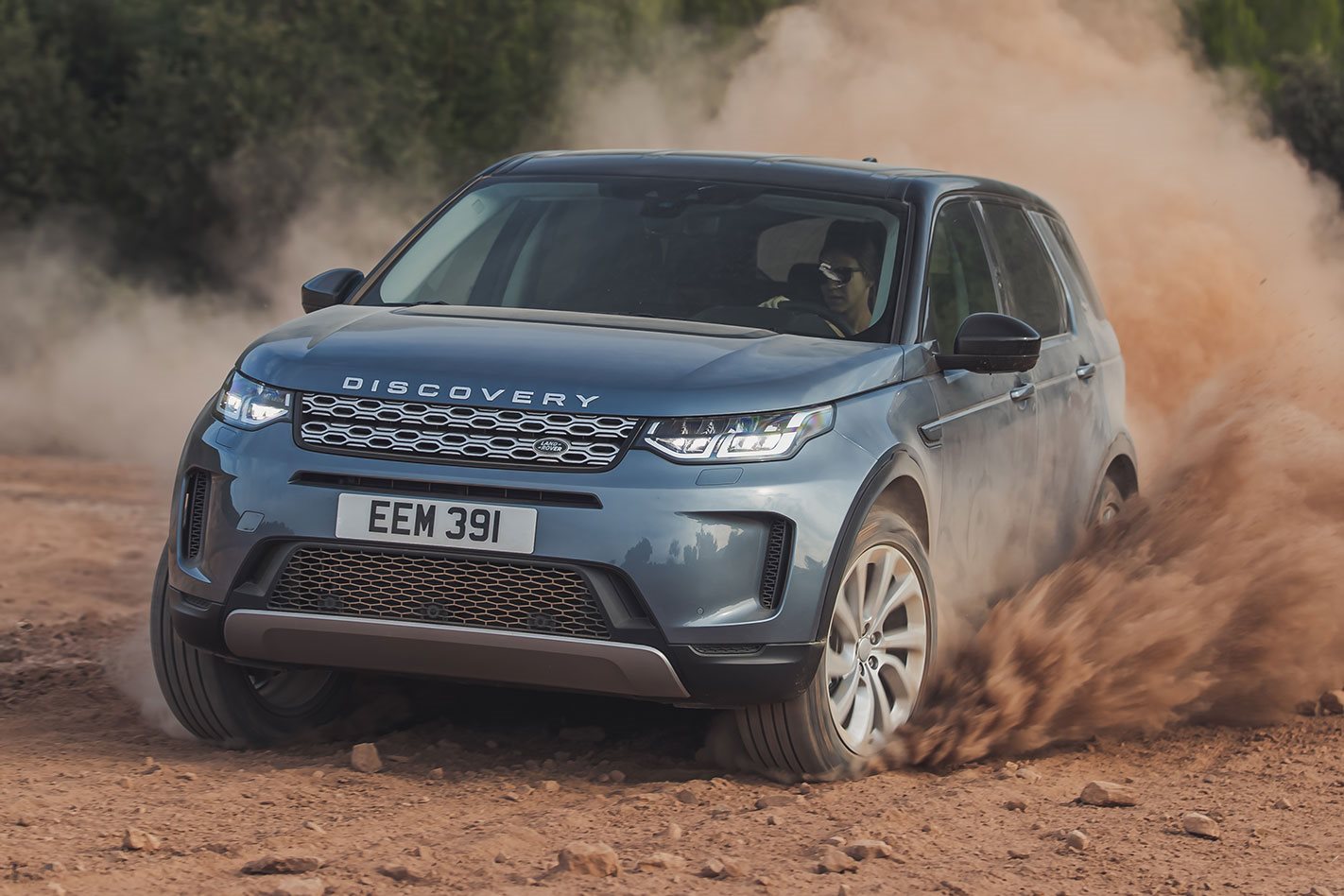Things we like
- Composed on-road handling paired with class-leading off-roading ability
- Improved cabin quality
- Mild-hybrid improves efficiency and aids performance
Not so much
- Slow-to-respond gearbox calibration
- No haptic response on touch pro screen
- Extensive and expensive options remain
The Wheels Verdict: Land Rover has made significant strides in improving the interior quality of the Discovery Sport, as well as adding efficiency-boosting mild-hybrid systems across almost the entire range. By refining the formula, Land Rover has retained what made the Discovery Sport unique, while minimising its pitfalls.
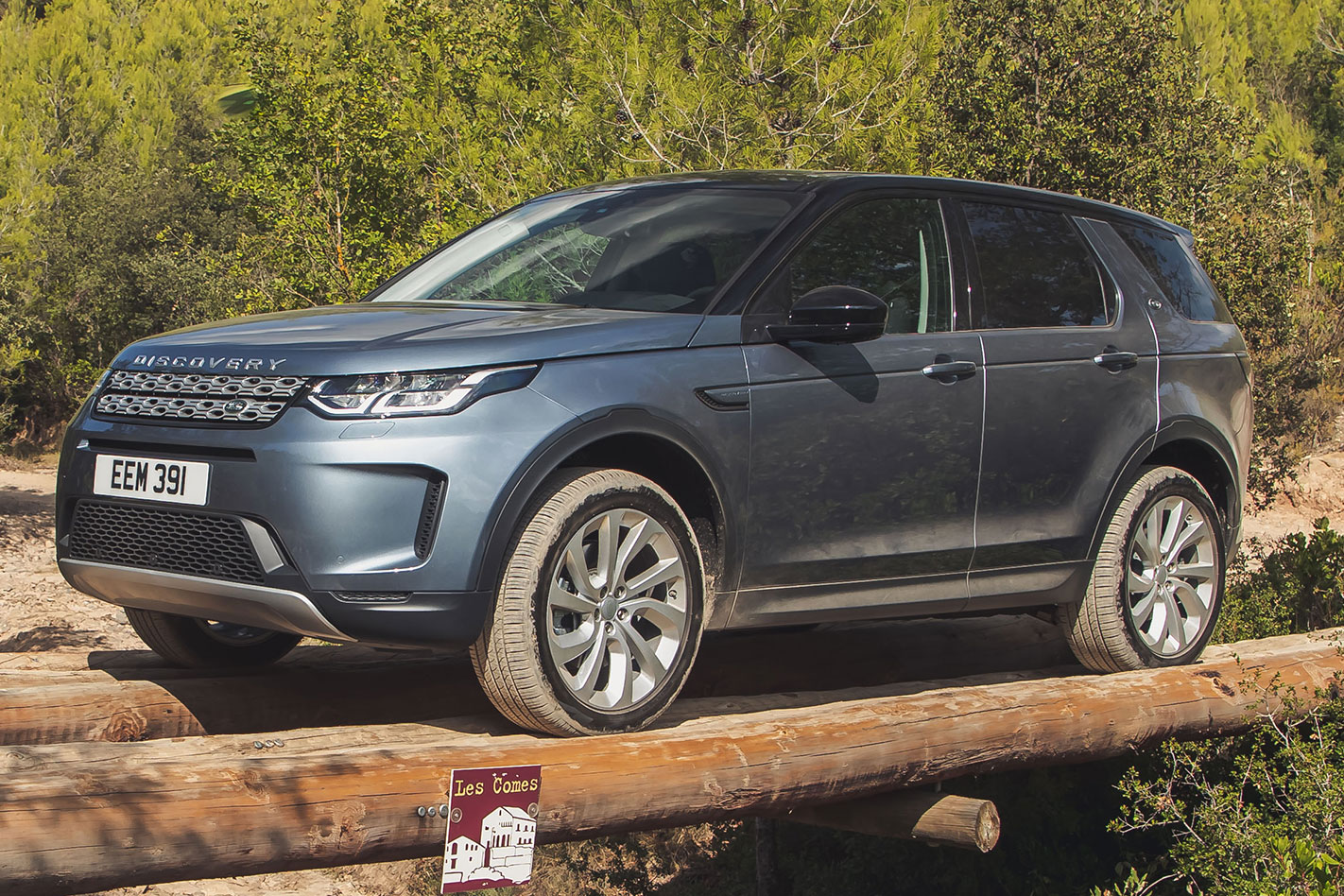
WHAT IS IT?
With 438,428 global sales since 2014, the Discovery Sport is the best-selling vehicle in Land Rover’s entire range in the last three years. The second, and smaller, member of the Discovery family, the Sport is a medium luxury SUV that claims to stand for versatility by having serious off-road chops.
WHY WE’RE TESTING IT
Instead of treating the Discovery Sport’s mid-life update as a chance to refresh some plastics and then have an early lunch, Land Rover has gone to significant effort to improve the vehicle. A mild-hybrid 48-volt system is now fitted to all bar one engine, and Land Rover claims roughly 3500 of the 5000 parts that make up the Discovery Sport are new. Let’s see if there has been an improvement, shall we?
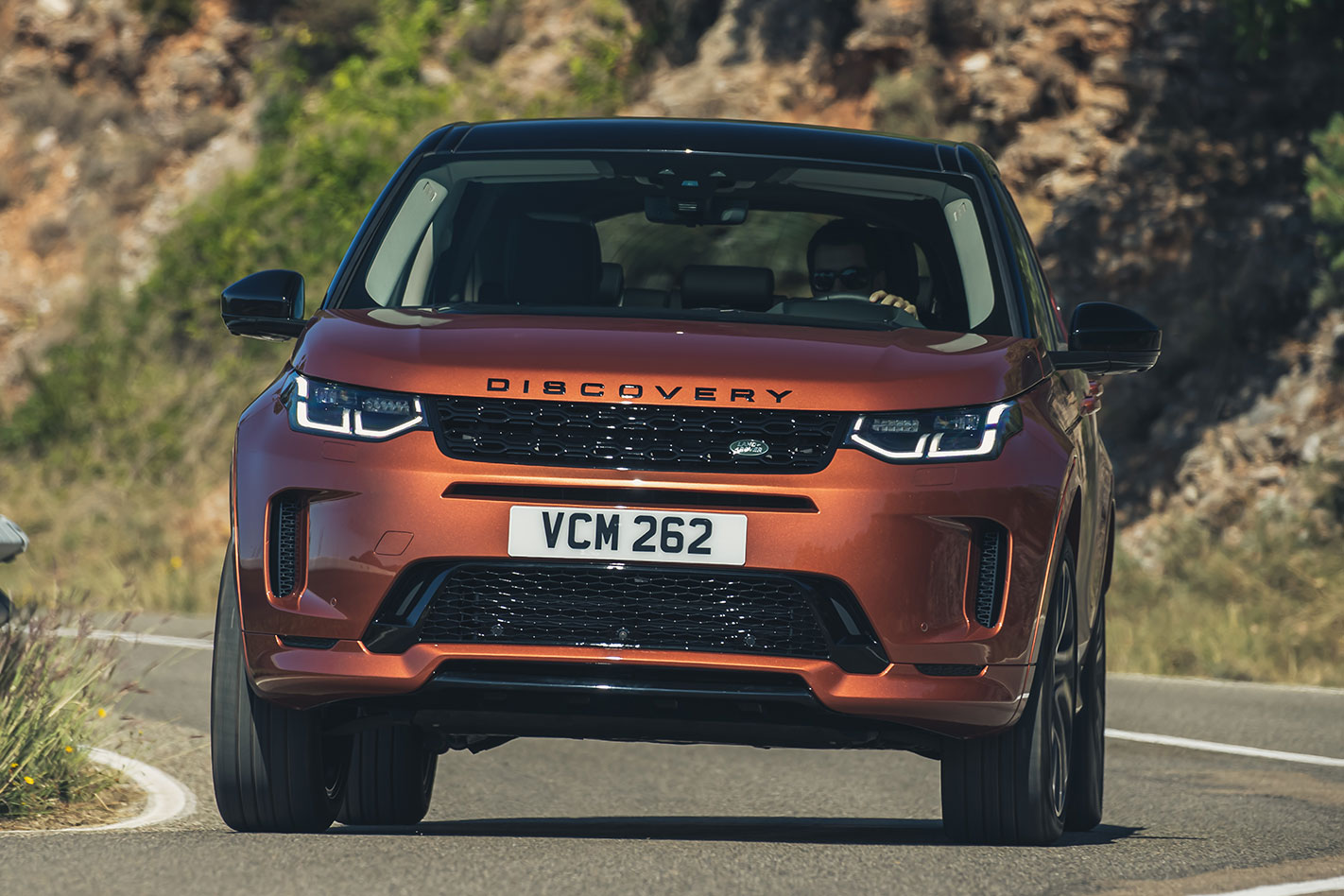
THE WHEELS REVIEW
This is much more than a regular mid-life facelift. Land Rover has essentially given the Discovery Sport a new platform, and heavily updated interior, four years after it was first released.
The big news for the 2020 Discovery Sport is the addition of 48-volt mild-hybrid systems to all bar one powertrain, which the company claims improves fuel economy by 7 percent. To add this, the Discovery Sport has been moved to an updated platform, the same that underpins the all-new Evoque, released earlier in the year. This chassis is 10 percent stiffer at its body-in-white stage than the previous model, and has revised front engine and transmission mounting strategy.
Three diesel powertrains and two petrol will be available, with the most powerful versions of each made available to Wheels in Spain. Both petrol and diesel are 2.0-litre four-cylinder turbo units, with only the 110kW/350Nm D150 diesel missing out on a mild-hybrid system. Other diesel units are the D180 (132kW/430Nm) and the D240 (177kW/500Nm), while petrol variants are powered by either P200 (147kW/320Nm) or P250 (184kW/365Nm) engines. Each sends power to all four wheels via a ZF-supplied nine-speed automatic transmission.

There are minor tweaks to the outside of the vehicle, most obvious being new LED lights front and rear and redesigned bumpers, while most of the design work has been put into the cabin. There are new seats, along with a 12.0-inch TFT digital instrument cluster, and 10.0-inch infotainment touchscreen lifted from the Evoque. The climate controls and terrain response system are also now controlled through a Touch Pro system, and the rotary gear selector has been replaced by a traditional shifter.
While the interior changes improve the feel and quality of the cabin overall, the climate and terrain response controls are now fiddly to operate, with no haptic feedback through the Touch Pro system. This means you can easily turn on or off things like air-con recirculation or windscreen demisters without intending to.
Adaptive cruise, high speed emergency braking, blind spot assist, the 5+2 seating configuration, and an ‘activity key’ are now standard across all variants, going some way in justifying the price increase of roughly $4000 across the range. While it’s nice that a third row is now standard, which cuts a box from the options list, we stand by our advice that you should only offer a ride in the most aft seats to your least-liked mates. A petrol P200 S is now the entry-level variant, starting at $60,500, with nine other variants on offer, including the $82,900 range-topping D250 HSE R-Dynamic.
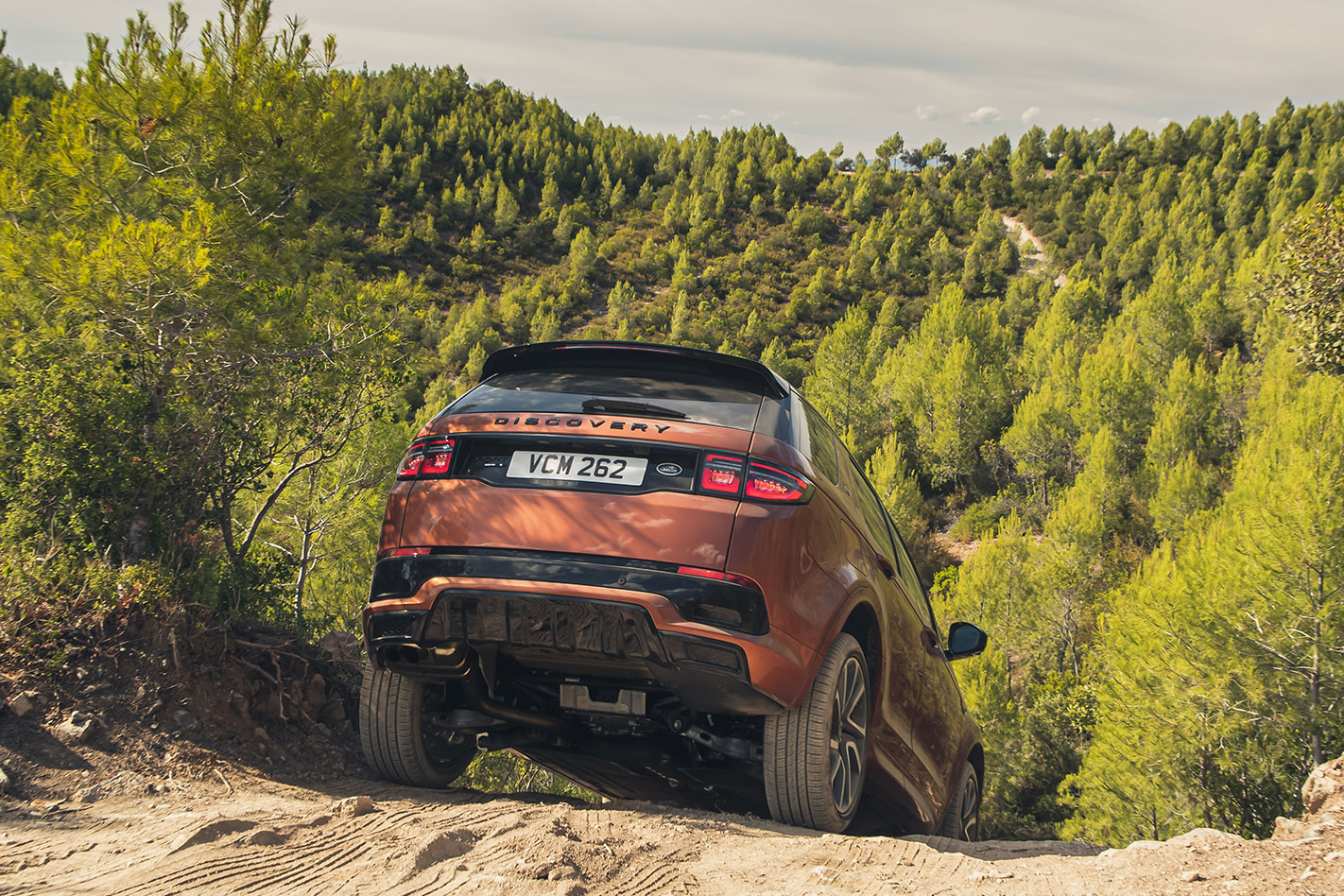
It’ll be easy to increase the purchase price of a Discovery Sport, as a number of features which are standard on competitors are cordoned off as options. For the first time, 21-inch wheels are fitted to the Discovery Sport as a $1300 option, while head-up display ($800), tyre pressure monitor ($540), and auto high beam headlights ($310) also remain optional. The Driver Assist Pack ranges from $2721 to $4060 depending on spec, and adds active safety features like high-speed emergency braking and adaptive cruise with steering assist, along with clever and convenient 360-degree camera systems. Five cameras around the car can be combined to allow the driver to ‘see’ through the bonnet.
Driven well below the limit, where it will spend all but the briefest moments of its life, the Discovery Sport remains a smooth cruiser. The nine-speed transmission is still slow to respond to throttle inputs, particularly when accelerating in-gear, but it’s a smooth-shifting unit. The most powerful engine tunes we drove were punchy, with the mild-hybrid system being used to fill torque down low. The system, which uses an 8kWh battery pack under the floor, allows the auto start-stop to operate up to 17km/h, while reducing load on the engine at lower speeds. It can also be used as torque fill at lower rpm, aiding the gutsy feel of the engines.
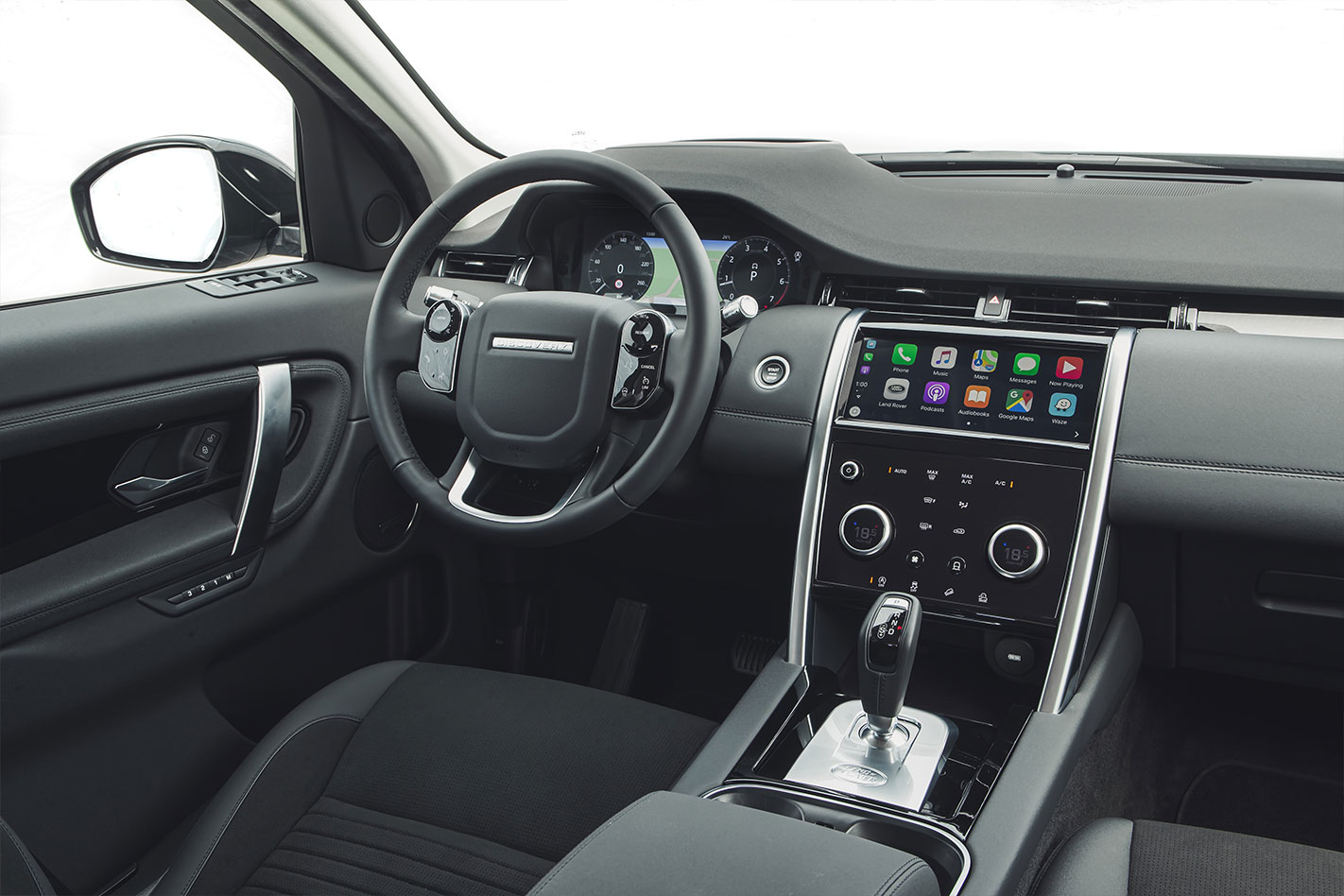
The test route consisted of roads smoother than Dwayne Johnson’s head, meaning we’ll reserve our judgement on the Discovery Sport’s ride until it faces a proper Aussie B-road. However, the fact that it rides as well as it does, albeit in favourable conditions, while also being capable of significant off-road feats, should be admired. Land Rover threw us at some novice to medium off-road tracks, and the Discovery Sport was able to scrabble over them nicely while wearing Pirelli P Zero rubber.
The changes to the Discovery Sport ensure that it isn’t left behind completely against fresh-faced rivals like the BMW X3 which have received generational updates. However, our tame test loop in Spain has left a number of factors we’ll be eager to check out properly when it arrives on Aussie shores at the start of next month.
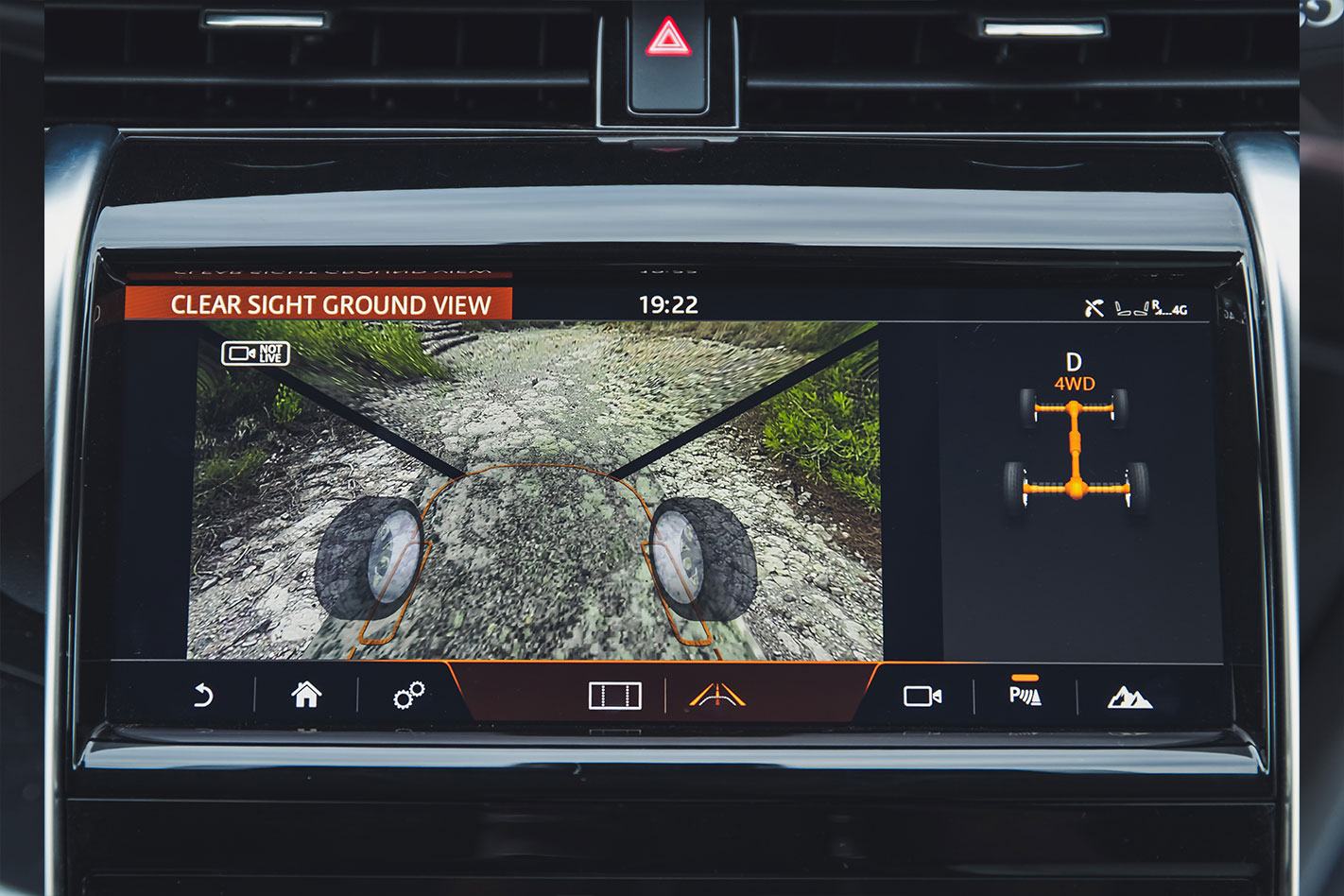
RIVALS
Fellow luxury SUVs like the Audi Q3, BMW X3, Mercedes-Benz GLC, and Lexus NX, as well as flagship variants of mainstream models like the VW Tiguan Allspace, Mazda CX-9 and Hyundai Santa-Fe
PRICE AND SPECS
- Model: Land Rover Discovery Sport P250 SE
- Engine: 1997cc 4 cyl, dohc, 16v, turbo
- Max power: 184kW @ 5500rpm
- Max torque: 365Nm @ 1400-4500rpm
- Transmission: 9-speed automatic
- Weight: 1985kg
- 0-100km/h: 7.8 seconds (claimed)
- Economy: 8.1L/100km
- Price: $67,852
- On sale: October 1
Things we like
- Composed on-road handling paired with class-leading off-roading ability
- Improved cabin quality
- Mild-hybrid improves efficiency and aids performance
Not so much
- Slow-to-respond gearbox calibration
- No haptic response on touch pro screen
- Extensive and expensive options remain


